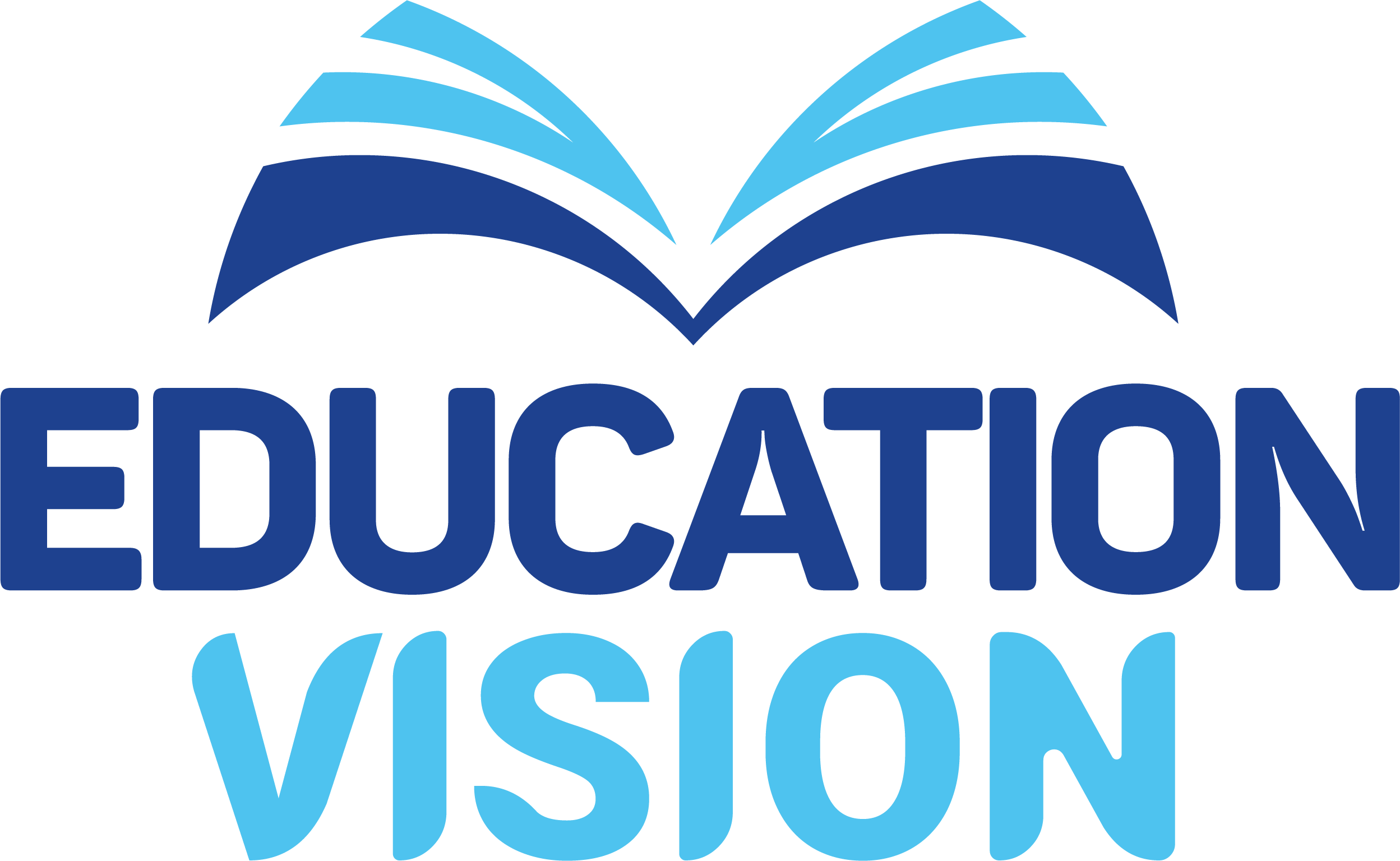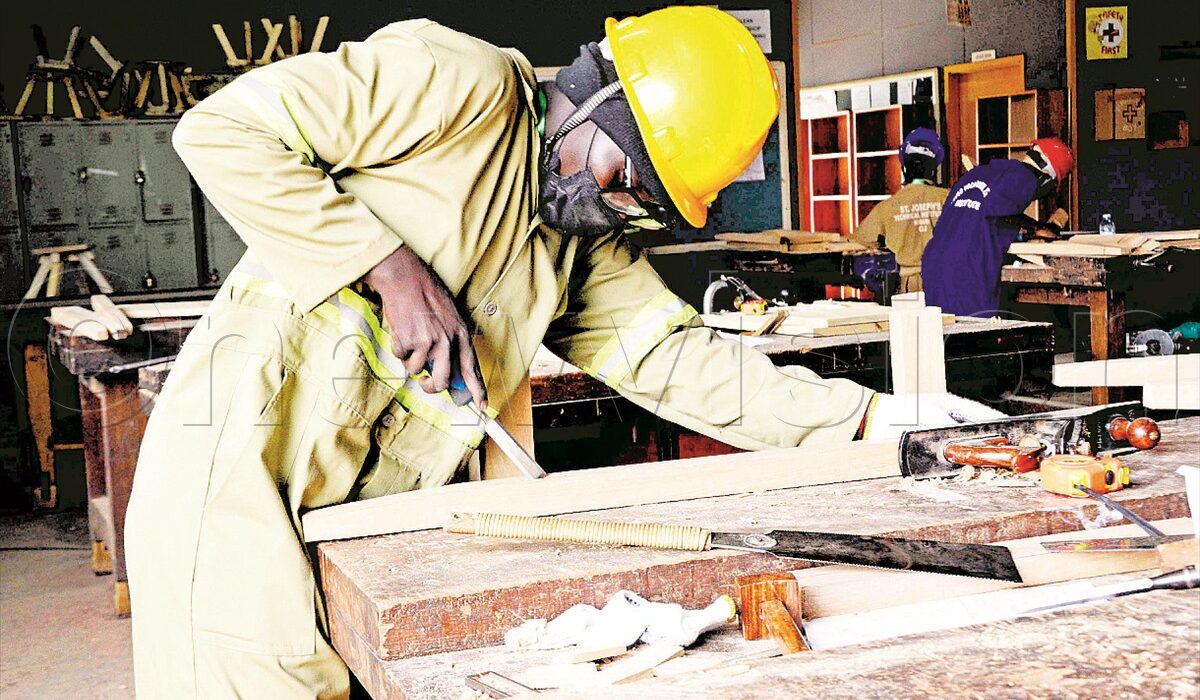(This article was first published in the New Vision on September 28, 2022)
By Richard Wetaya
Catherine Muraza, 25, a student of agronomy at Bukalasa Agricultural College in Luweero district, is upbeat about the prospect of finding work upon graduation.
Muraza says her course has equipped her with in-demand practical skills and knowledge in soil management and crop production.
In a country keen to develop its agriculture, Muraza, who graduates next year with a diploma, says she understands that her vocational skills are crucial and wants to use them to help farmers adopt better practices and mitigate climate change impacts to increase farm productivity.
She adds that she chose a vocational course because it offers better chances of finding work after graduation.
While vocational training offers greater opportunities for finding a job or self-employment, interest in this practical-based training among secondary school leavers is still low.
Statistics
Statistics from the education ministry show that there are slightly over 100,000 students in formal Business Technical Vocational and Education Training (BTVET) institutions.
The statistics also show that over 170,000 students attended non-formal BTVET institutions between 2016 and 2021.
The number of students currently in formal BTVET institutions and that of students who have graduated from non-formal ones over the past five years is below the annual target number of graduates the Government thought these institutions would produce under the skilling Uganda programme.
It was thought that each year, 450,000 students would graduate from technical and vocational institutions over the 10-year (2011-2020) programme of Skilling Uganda, with 50% being females.
So, what needs to be done to increase enrolment in the BTVET institutions the Government has built in various parts of the country as part of its plan to address unemployment?
Mindset Change
Edward Lule, an educationist, says there is need to get rid of the long-held misconception that vocational training is suitable for students who do not perform well enough to qualify for university admission.
“Those unwise views were handed down from the past and have been perpetuated by continued prioritisation of academic performance by Government and schools,” he adds.
However, Kule says the growing unemployment problem is causing a shift in perspectives about vocational training as many people realise how a skilled workforce could help the country create jobs.
Martha Kumwiza, the principal at Nawanyago Technical Institute in Jinja, says the Government should increase funding to the BTEVT sub-sector. She adds that increased funding would make it possible for the BTVET institutions to admit more students and deliver quality skills[1]based education. This, Kumwiza, says would impact enrolment in the long run.
Jotham Yeyambe, the Kaberamaido Technical Institute principal, agrees.
He notes that, for instance, the Uganda Skills Development Project, which aims at enhancing the capacity of institutions to deliver high-quality and demand-driven training courses in the agricultural, construction and manufacturing sectors is a step in the right direction.
The project is under implementation.
Yeyambe says Government could also consider making financial contributions towards the training of students in BTVET institutions as well as payment of subsidies to students who qualify for vocational courses. “This is what Kenya does and has made TVET (Technical Vocational Education and Training) courses attractive to the young people,” he adds.
Capitation Grants
According to the 2019 African Development Bank report, enrolment in TVET more than doubled from 147,000 in 2014 to 360,000 in 2018 in Kenya due to curriculum reforms aimed at revamping the sub-sector.
The reforms, among others, included setting a standard cost for TVET training and state contribution to the tuition of each student.
According to statistics from the Tanzanian national council for technical and vocational education and training, there were over 530,000 students in TVET institutions in 2020.
All Tanzanian employers with four or more employees contribute 4.5% of their total monthly wage bill to the fund set up to raise funds to finance students’ vocational training.
The technical training is financed through cost-sharing between students and private technical institutions.
There is significant involvement of the private sector in the provision of vocational and technical training in Kenya and Tanzania, which speaks to the development of this sub-sector in these countries.
By 2018, Uganda had borrowed sh2 trillion to build and equip vocational and technical institutions across the country.
Many new technical institutes have since been established and old ones refurbished but enrolment remains low.
Loy Muhwezi, the commissioner for technical, vocational and education training at the education ministry, says the Directorate of Industrial Training is developing new modules to emphasise hands-on training that meets the needs of employers.
“With the new training reforms, the trajectory is tilting towards employer-led technical and vocational education. It is reforms like these that bring change to bear,” she adds.
As Muraza prepares to write her final exams, she says she cannot wait to put her vocational skills and knowledge into practice.
“I want to share the practical knowledge I am getting with farmers who are benefiting from the Parish Development Model and other groups of farmers,” Muraza adds.

Career Guidance
Benson Okello, an education policy and skills development researcher at Kyambogo University in a 2011 paper on the attitudes towards vocational and technical education in Uganda, recommends career guidance to cure misconceptions about this type of training.
He says career guidance should be strengthened in primary and post-primary schools to educate the learners about the opportunities in technical and vocational training.
In his paper, Okello cites a lack of career guidance as one of the main obstacles to the development of technical and vocational training. The career guidance interventions with a strong focus on vocational and technical education ought to be introduced to learners early on, he adds.
Meanwhile, Gelvan Lule, a lecturer at Bukalasa Agricultural College, is one of the people who have been calling for the establishment of a technical university.
This, Lule says, would elevate the status of BTVET and facilitate the development of this crucial education sub-sector
Marketing Cources
Hellen Akite, the principal at Moroto Technical Institute, says empowering technical and vocational institutions to market their academic programmes in communities could also help increase interest in these practical and skills-based courses.
“In Karamoja, for instance, our teams are sent out to market the courses in the communities. We have organised agricultural exhibitions and invited communities to look at our best crop demonstration projects,” she adds.
This strategy, Akite says, has attracted some students to the institute, which currently has 205 students.
“There is a need for technical institutes to publicise their courses on radios and other media platforms. Our numbers could have been higher than that, but some dropped out due to failure to raise fees,” she adds.
Fredrick Gizamba, the outgoing principal of Lwengo Technical Institute, says promotional media campaigns and participation in trade shows and exhibitions as well as rewarding innovative students would raise awareness and interest in vocational and technical education. This, he adds, could change the misconceptions about technical and vocational education.
Jinn Kim, a South Korean researcher, in a 2021 paper on Uganda’s vocational education, notes that, in some cases, the stereotypes on occupations impact what vocational courses boys and girls choose. This, Kim says, can potentially stifle women’s abilities to enrol in some vocational fields.

